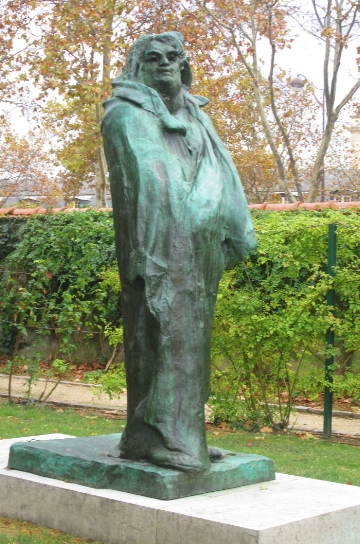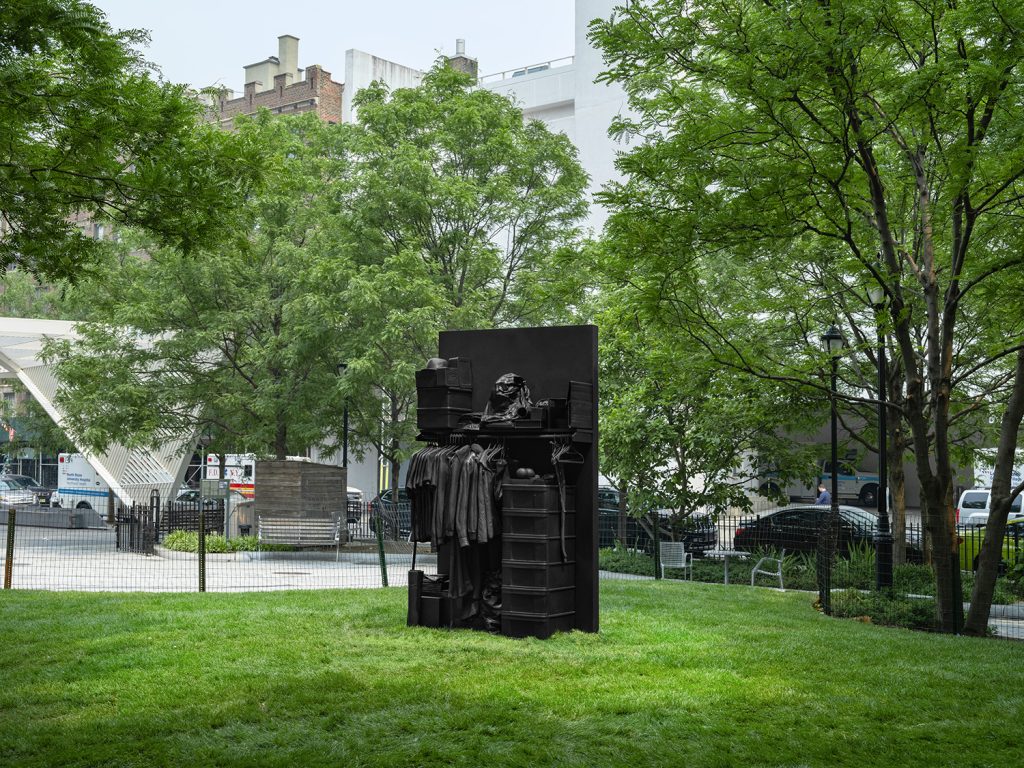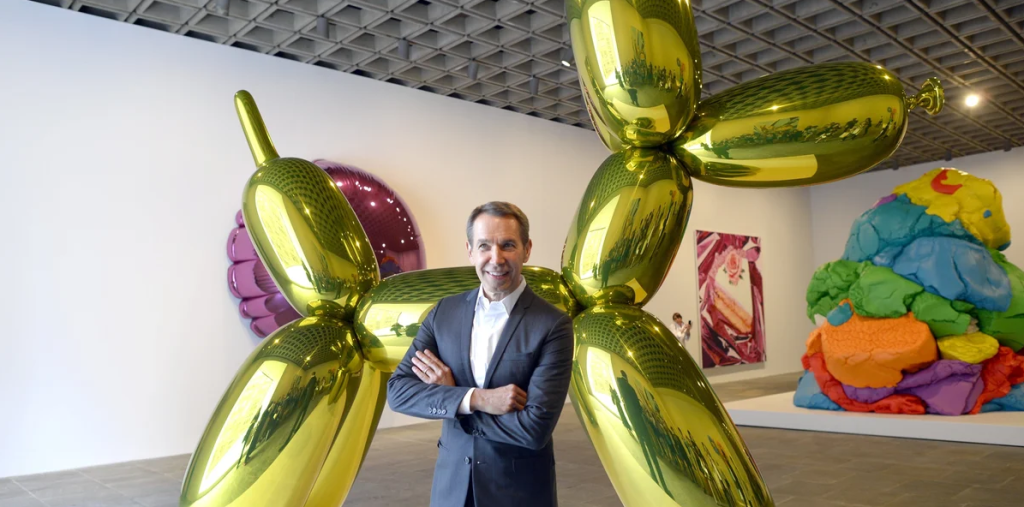The Poetic Convergence: Balzac and Rodin’s Artistic Dialogue
The interplay between literature and sculpture has often inspired profound artistic innovations. Honoré de Balzac and Auguste Rodin stand out as titanic figures in their respective fields, their works resonating with each other in unexpected ways. By exploring their artistic dialogue, we gain a richer understanding of how these two creatives influenced the cultural landscape of their time.
Balzac’s Narrative Depth
Honoré de Balzac, a pivotal figure in 19th-century literature, crafted a vast collection of stories that paint a vivid portrait of French society. His seminal work, “La Comédie Humaine,” offers an intricate exploration of human motivations, social structures, and moral dilemmas. Balzac’s attention to detail and the depth of his characterizations create a literary world that is both rich and complex. His narratives delve into the subtleties of human emotion, establishing a foundation of realism that would heavily influence later artists, including Rodin. Through Balzac’s lens, readers can immerse themselves in the multifaceted nature of existence, which echoes the emotional intensity found in Rodin’s sculptures.
Rodin’s Sculptural Interpretation
Auguste Rodin revolutionized the world of sculpture with works that embody raw human emotion and experience. His approach diverged from traditional conventions, favoring an exploration of the body’s expressiveness over strict adherence to classical forms. By infusing his sculptures with psychological depth, Rodin created pieces that resonate with Balzac’s intricate narratives. Works like “The Thinker” and “The Kiss” exemplify a depth of feeling that mirrors Balzac’s explorations of human relationships and societal roles. Just as Balzac delved into the human psyche through text, Rodin employed stone and bronze, giving physical form to complex emotional truths.
The Artistic Exchange
While Balzac and Rodin existed in different artistic mediums, their work reflects a shared commitment to exploring the intricacies of the human condition. Balzac’s characters embody a range of experiences and emotions, serving as a mirror to the societal issues of their time, while Rodin captured these same nuances in sculptural form. Critics have noted how Rodin drew inspiration from Balzac’s descriptions of character and his emphasis on moral complexity. This artistic dialogue highlights a dynamic interplay where literature informs visual arts and vice versa, ultimately enriching the cultural tapestry of the period.
In conclusion, the relationship between Balzac and Rodin exemplifies how two artists from different disciplines can converge creatively, leading to a deeper understanding of artistic expression. By exploring their works, we can appreciate the enduring impact they have had on our perception of art and humanity. For those curious about the fascinating connections between literature and sculpture, diving into Balzac’s novels and the masterpieces of Rodin promises a rewarding journey.


